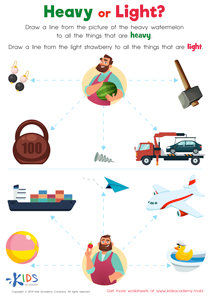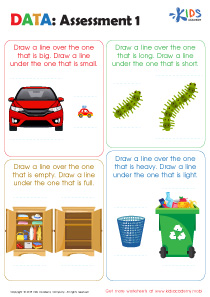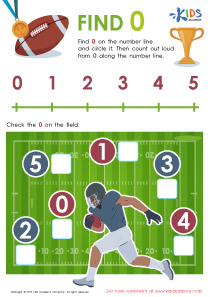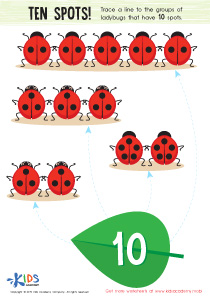Understanding Sequences Normal Math Worksheets for Ages 3-6
4 filtered results
-
From - To
Explore our "Understanding Sequences" math worksheets designed for children aged 3-6! These engaging and interactive resources help young learners grasp the concept of sequences through fun activities and colorful visuals. Our worksheets aid in developing vital early math skills and critical thinking abilities, making learning enjoyable and accessible. From simple patterns to increasingly complex sequences, each worksheet is tailored to fit the developmental needs of preschoolers. Perfect for homeschoolers, classroom teachers, or parents seeking supplementary materials, these worksheets encourage hands-on learning and reinforce foundational math concepts. Visit us to ignite your child's mathematical journey today!
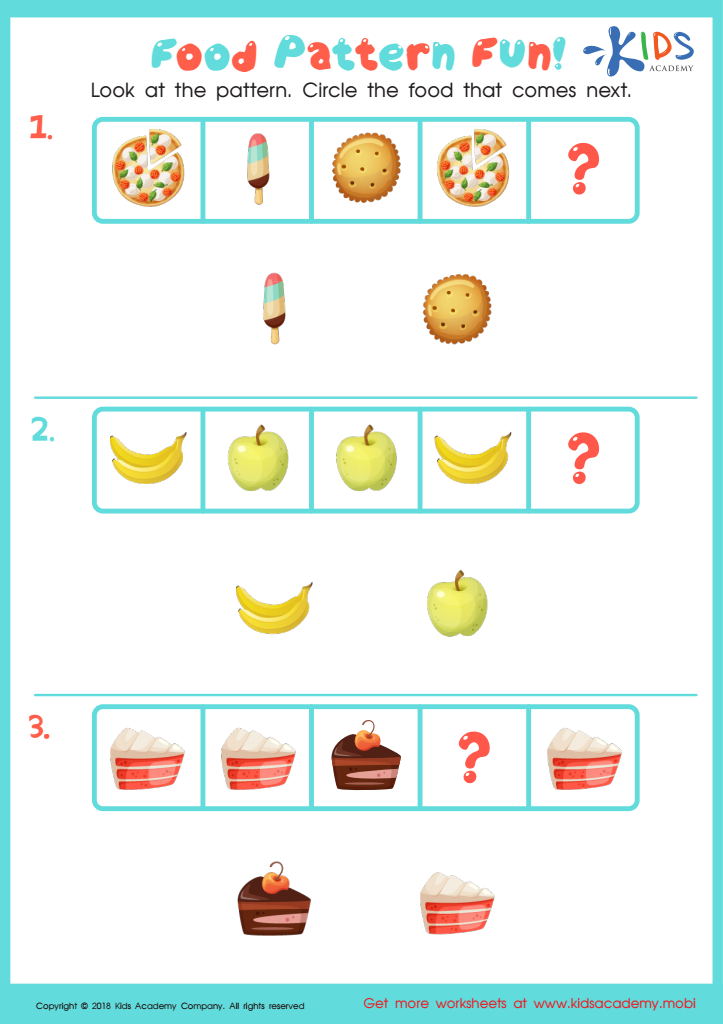

Food Pattern Fun Worksheet
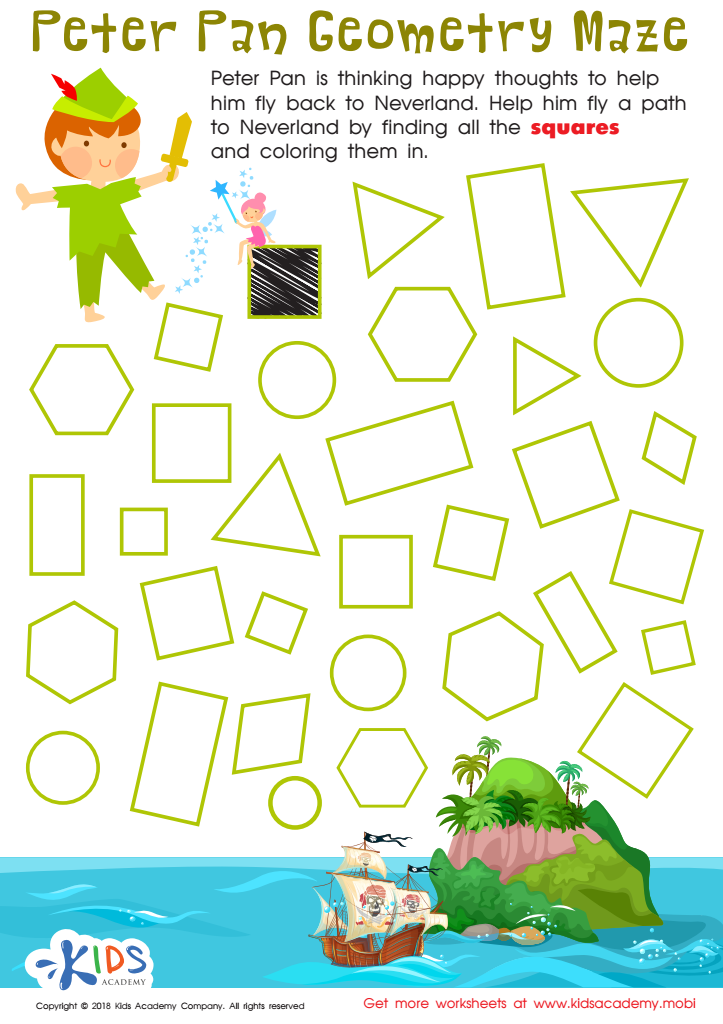

Peter Pan Worksheet
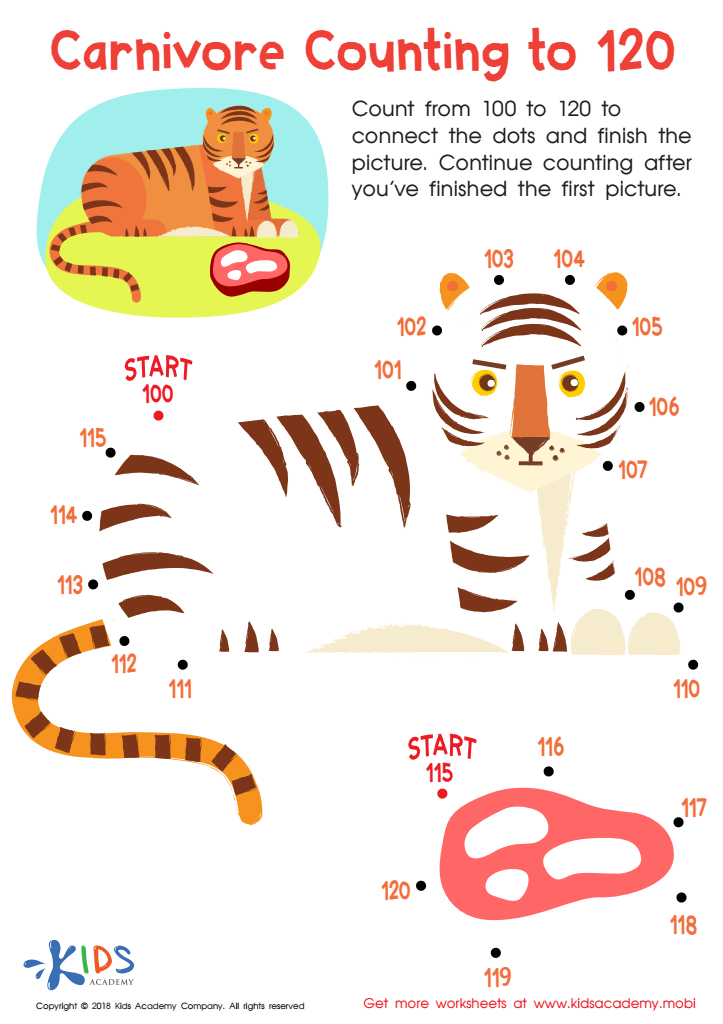

Carnivore Counting to 120 Worksheet
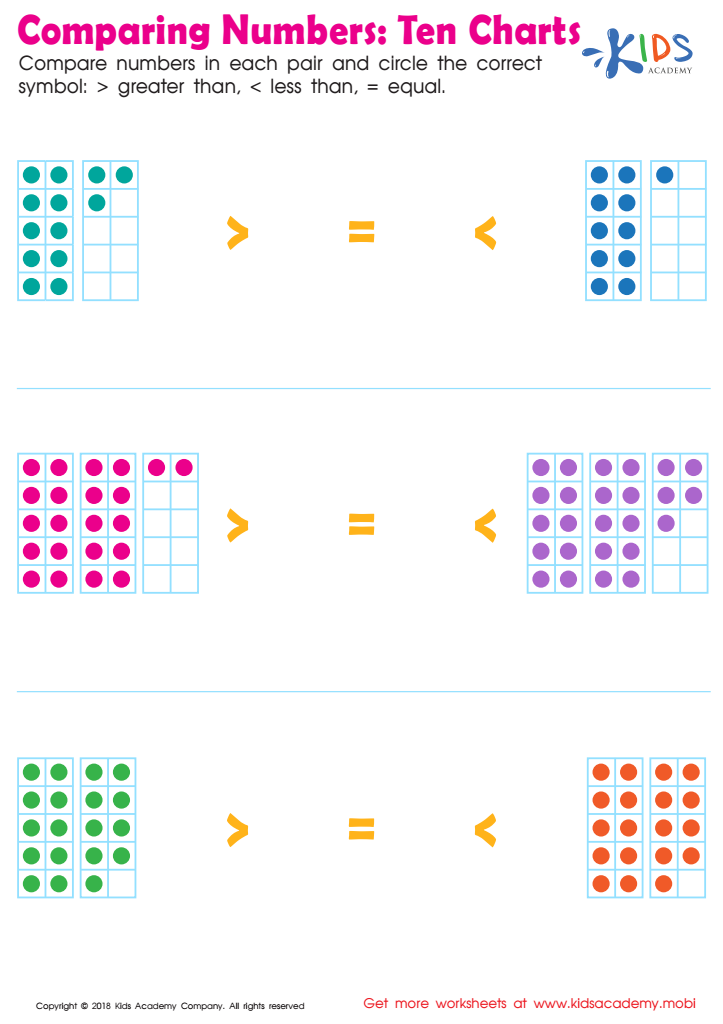

Ten Charts Worksheet
Understanding sequences in mathematics is crucial for young children aged 3-6, as it lays the foundation for their future learning and cognitive development. Parents and teachers should prioritize this concept because it enhances critical thinking and problem-solving skills. By recognizing patterns and sequences, children learn to make connections between ideas, which is essential for later subjects like algebra and science.
Moreover, engaging with sequences helps improve a child’s ability to organize information and to predict outcomes, fostering a sense of logic and reasoning. For instance, when children identify the pattern in a sequence of shapes or numbers, they develop skills in observation and deduction.
Additionally, early exposure to sequencing activities promotes language development. Describing sequences facilitates vocabulary growth and understanding of terms like “first,” “next,” and “last,” helping children communicate mathematical ideas effectively.
Lastly, interactive and playful methods of teaching sequences—such as through games and storytelling—make learning enjoyable, motivating children to explore and engage with math positively. This sets a strong precedent for a lifelong love of learning. In summary, understanding sequences is vital for cognitive, linguistic, and social development, making it an essential focus for parents and educators alike.
 Assign to My Students
Assign to My Students




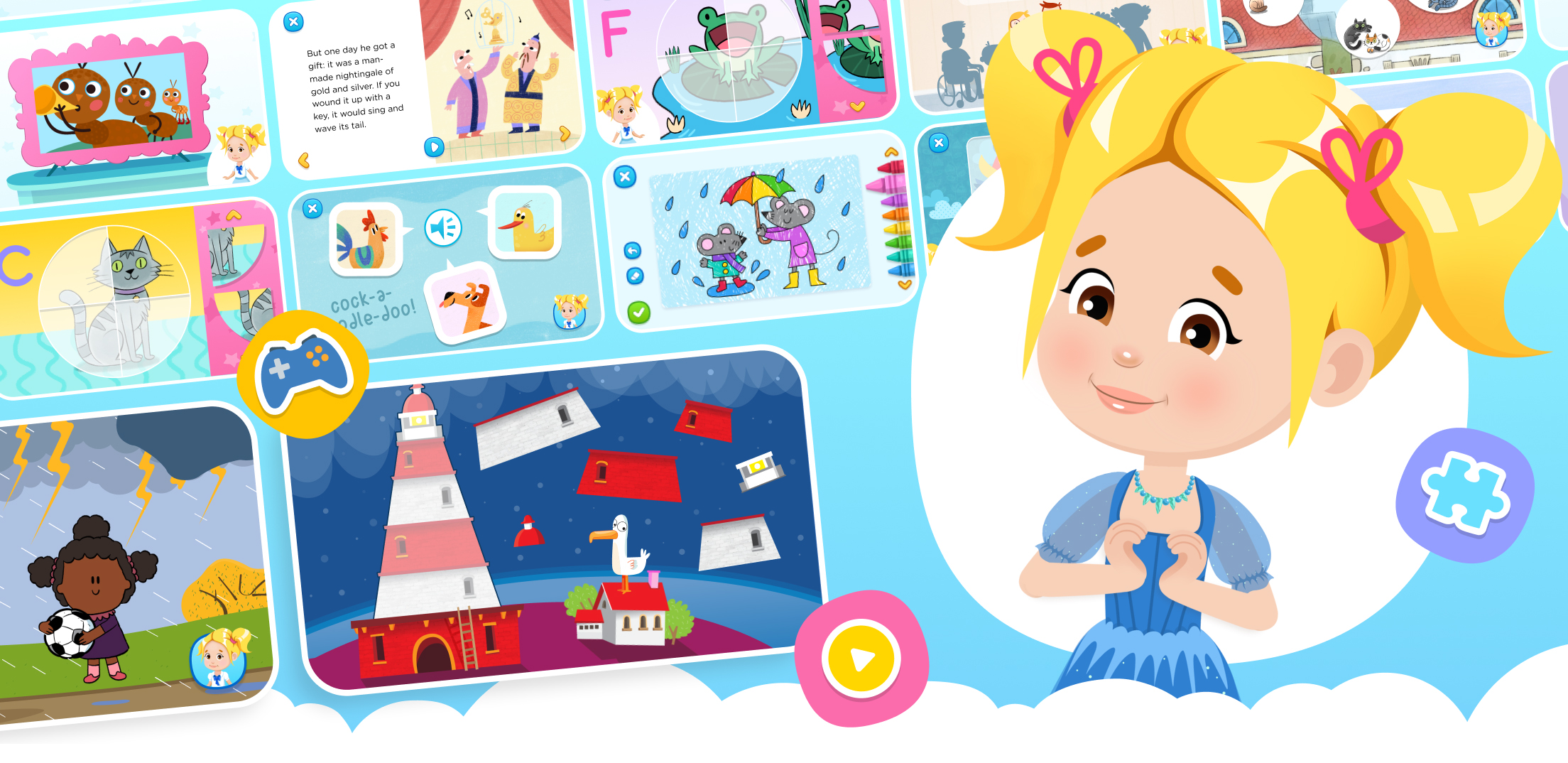
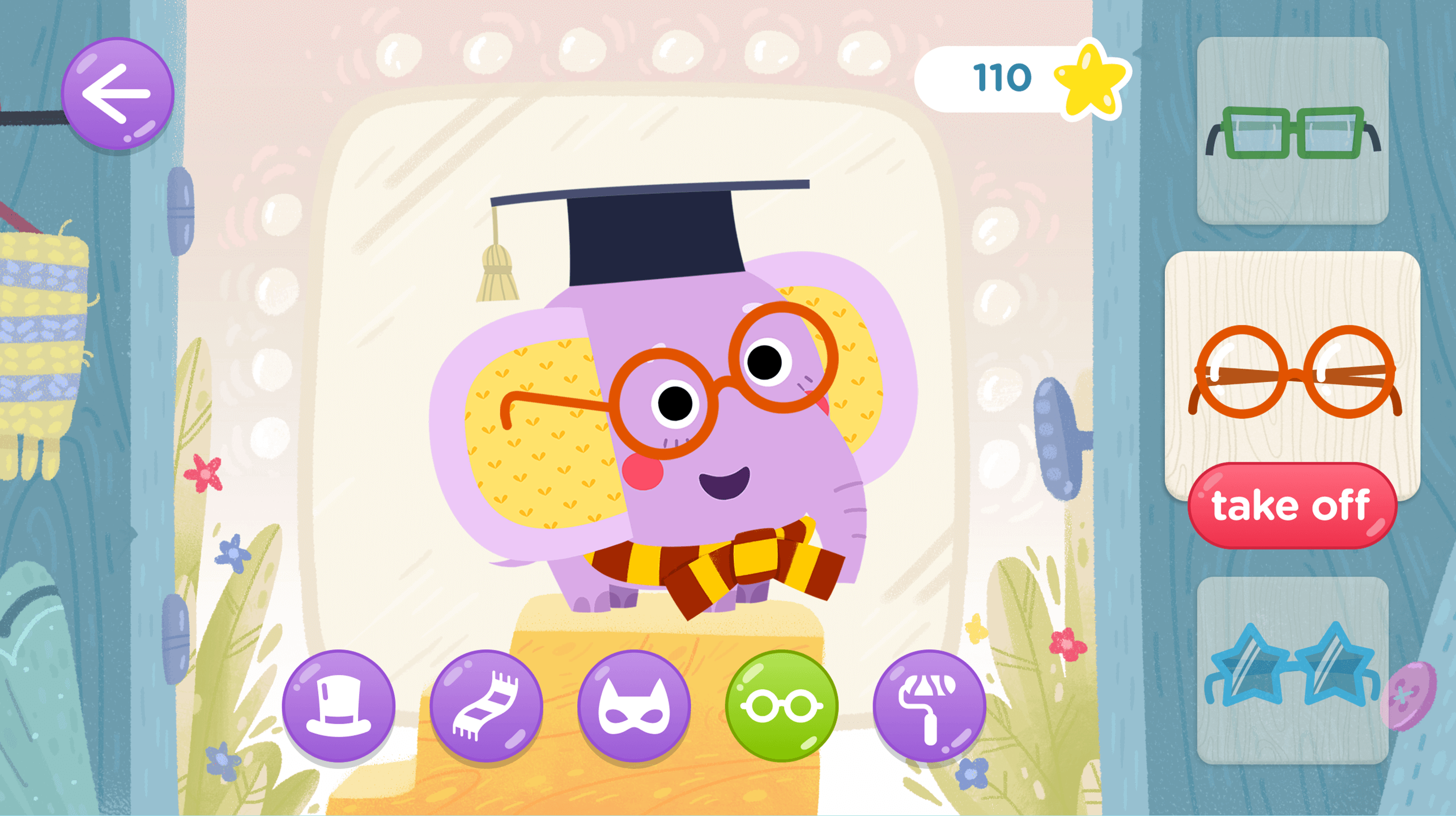
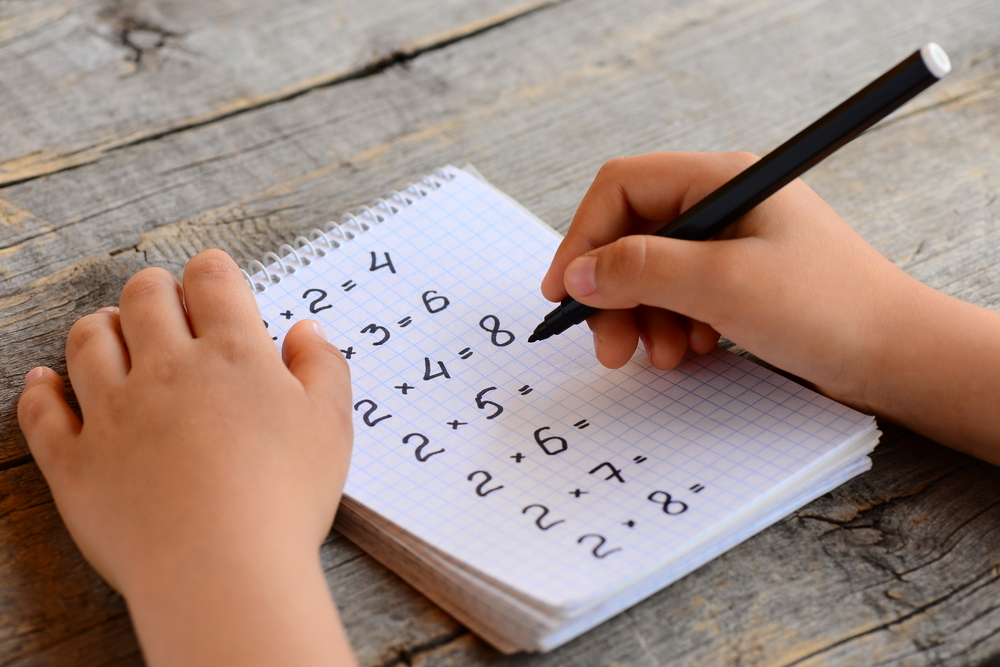
.jpg)




